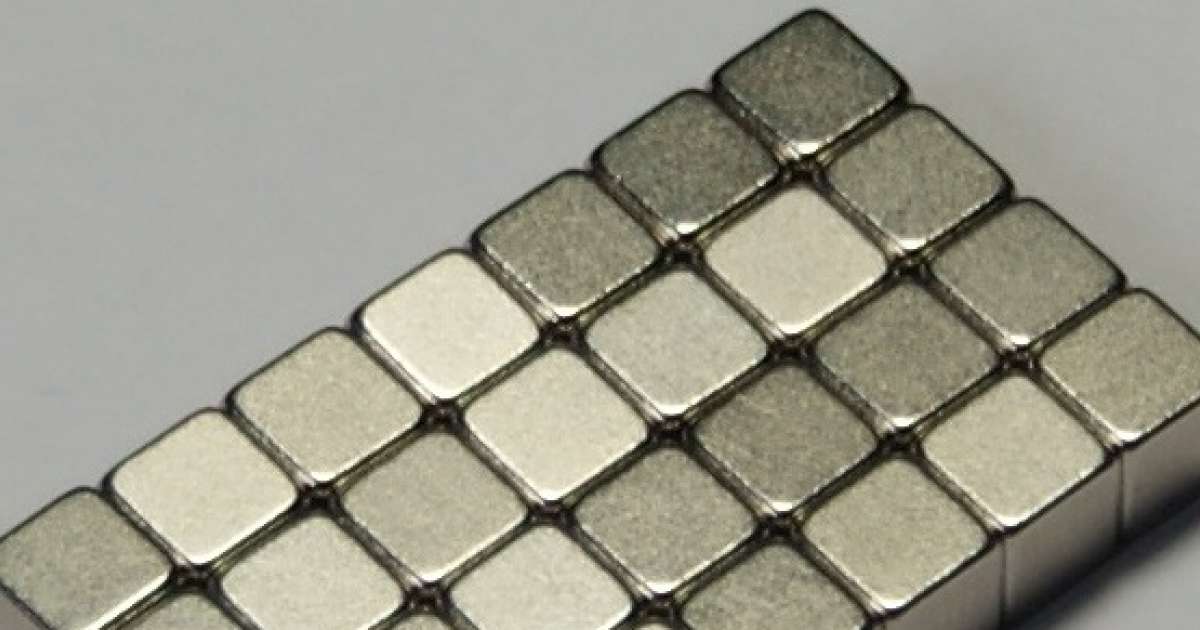Places of love and loss, of heroes all

Hailed as the war to end all wars, World War One, took its toll on communities across Australia and left behind a vast legacy of sorrow that was felt for generations.
The loss of 60,000 Australians meant that scarcely a family in the country was left untouched.
Communities in nearly every Australian city and town erected memorials to honour their war dead, some as early as 1916 before the war had even ended.
Historian Meleah Hampton from the Australian War Memorial (AWM) said there was a sense of civic duty in many communities to ensure soldiers were remembered.
“The war memorial movement started long before the end of the war, memorials are going up in towns in some unusual cases when there is only one or two deaths,” she said.
“And there are a lot of individual materialisations, where families may donate a window to a church or gates to a park.
“In the post-war era it really kicks off, towns start to feel like they should have one.
“Everyone is touched by a loss as a result of the end of the war, even if its not their direct family, which was rare.”
For many, their sadness and grief was deferred or unresolved.
The lack of details about the fate of more than 23,000 missing soldiers delayed the grief for their families.
“Even into the 1920s, many clung to the slim hope that perhaps a mistake had been made and their son, brother or husband might still be alive and unable to find his way home.
“One of the things that is missing for all these people is a regular part of grief that is focused around a grave site and having somewhere to visit privately to express your grief,” Ms Hampton said.
“This applies for personal, civic and corporate loss; there is nowhere for these people to go to remember.
“Memorials are in part very popular as a result of that, as a place to go and remember together or alone.
“Memorials hold an essential role in the public display of grief, they become a focal point for services on ANZAC Day and Armistice Day.
“These annual services of remembrance became much more pronounced in the community because of the effect it had on them and their need to remember.
“Early remembrance services began in the local churches, memorials start to take on a more important role as people leave churches and the memorials became an ecumenical site.”
War memorials came in a multitude of forms, committees most often erected a cenotaph, obelisk, or statue (especially of an Australian Imperial Force soldier).
Other communities chose pillars, windows, flagpoles, gates, ornamental structures, parks, gardens or buildings as memorials.
Despite differing ideas about an individual war memorials form, purpose, artistic merit, cost or location, all shared intention of reminding us of those we have lost to war.
As it wasnt feasible to send bodies home and with there being a tradition of burying soldiers where they fell, the major combatants, France and the UK instituted entombing an unknown soldier as a representation of all the war dead.
“The Australian feeling post-war was that the unknown soldier buried at Westminster Abbey represented the British and their dominions, so there is no talk in Australia at the time to bring someone home to have our own unknown,” Ms Hampton said.
“That shift away from feeling British took a long time; It wasnt until the late 80s early 90s that there was a movement to have an Australian unknown soldier and bring him to the war memorial.”
To mark the 75th anniversary of the end of the First World War, the body of an unknown Australian soldier was recovered from Adelaide Cemetery near Villers-Bretonneux in France and transported to Australia.
After lying in state in King's Hall in Old Parliament House, Unknown Australian Soldier was interred in the Hall of Memory at the Memorial on November 11, 1993.
He was buried with a bayonet and a sprig of wattle in a Tasmanian blackwood coffin, and soil from the Pozières battlefield was scattered in his tomb.
This year marks the 100th anniversary of Armistice Day, when four bloody years of brutal conflict came to an end, and is a time for those left behind to once again, remember the fallen.
Remembrance: The unveiling of a memorial in Toogoolawah, Queensland. Pictures: Courtesy of the Australian War Memorial. H17643

Community: Women and children visiting a memorial in Tasmania. H17710.

Memorial: Entombment of the unknown soldier, November 1993. PAIU1993/198.06
[contf]
[contfnew]

Margaret River Mail
[contfnewc]
[contfnewc]




